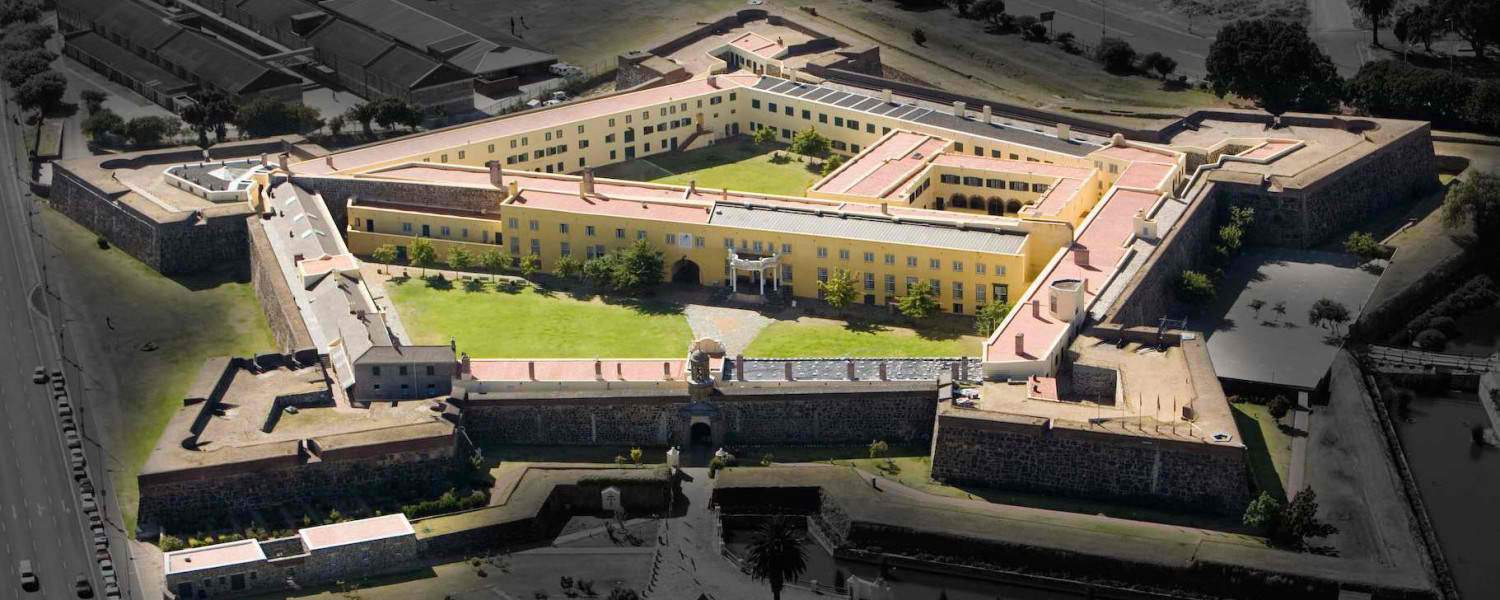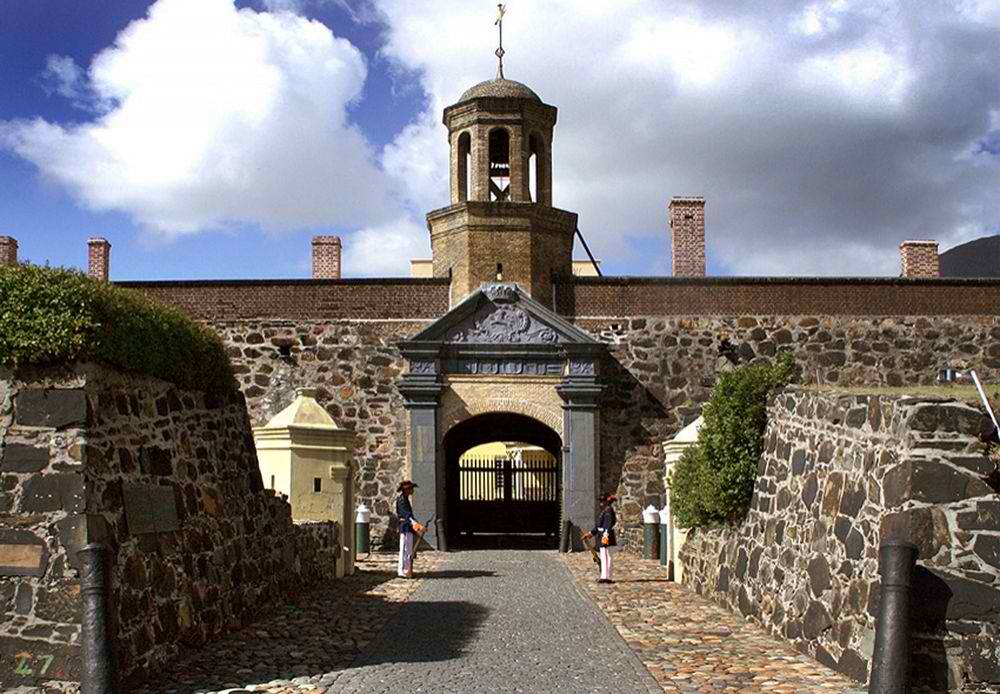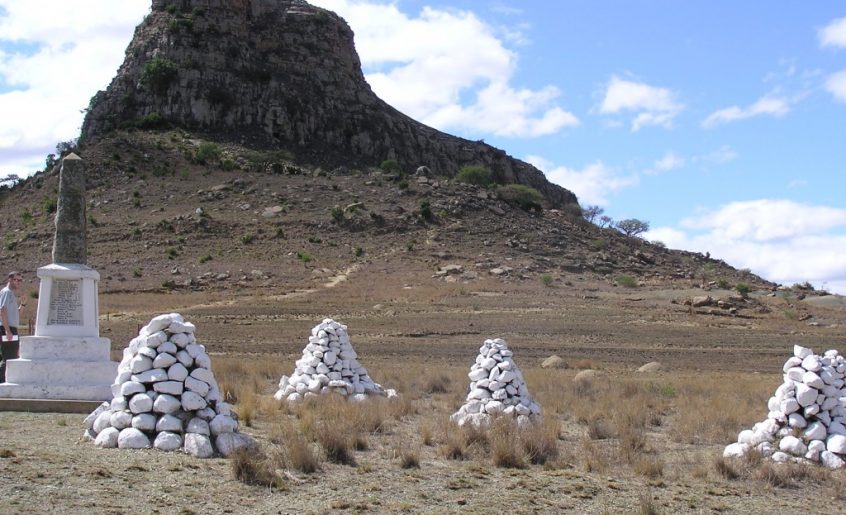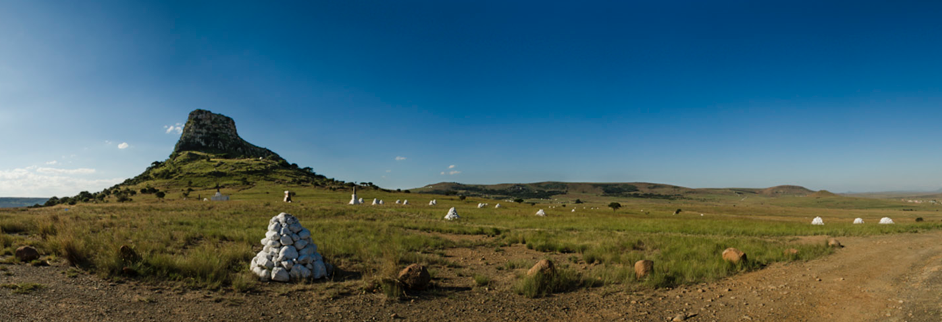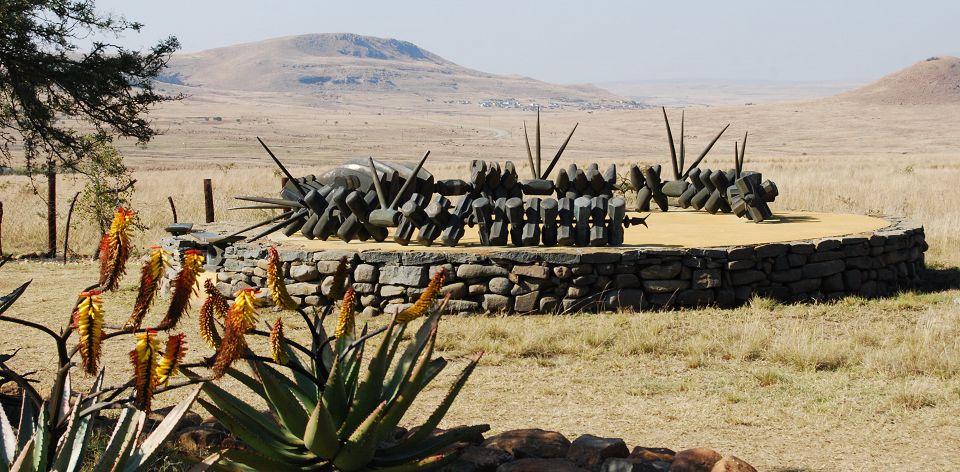Bo-Kaap is a vibrant neighborhood situated at the foot of Signal Hill that has preserved a distinctive identity over centuries of change. It is one of the most visited places in Cape Town not only for its colorful picturesque terraced houses and steep cobbled streets but also for its invaluable historical and heritage value.
The houses in the streets of Bo-Kaap are a mixture of Cape Dutch and Cape Georgian architectural styles combined with the Islamic faith, culture and eastern origin of the majority of its inhabitants. Many of the families in the Bo-Kaap have been living there for generations. The residents are mostly descendants of the slaves who were imported by the Dutch during the sixteenth and seventeenth centuries to work in the Cape.
Bo-Kaap Brief History
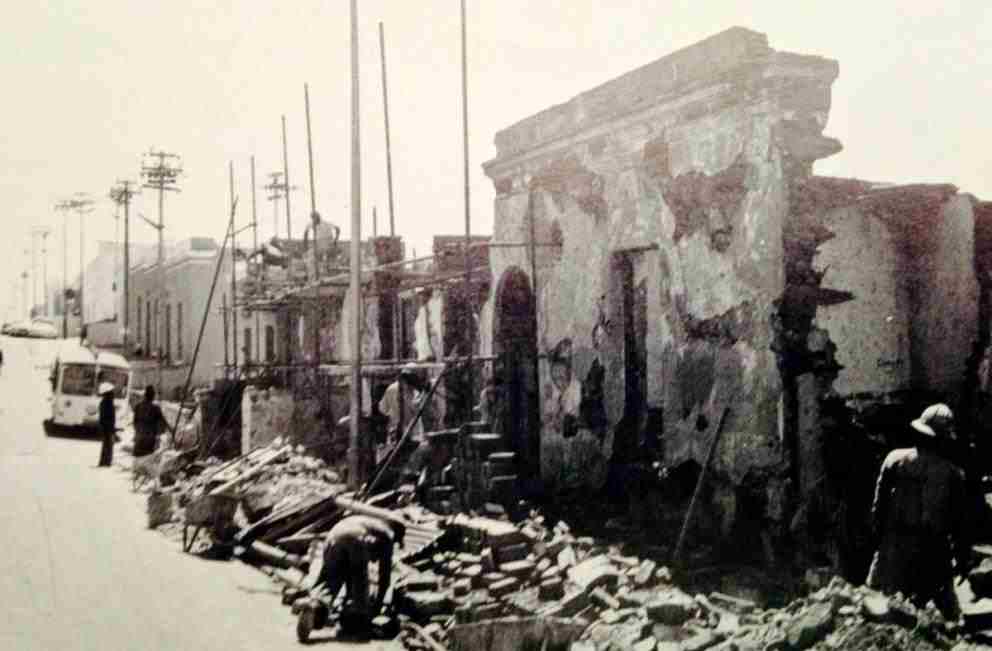
Bo-Kaap is one of the oldest urban residential areas in Cape Town. Its long history dates back to 1760s when Jan de Waal built several small “huurhuisjes” (rental houses) on this land, which he rented out to his slaves. This earliest development in the Bo-Kaap area became known as Waalendorp,
This neighborhood was formerly known as the Malay Quarter because its residents were brought from Malaysia, Indonesia, other parts of Asia and the rest of Africa to work in the Cape as slaves. They were convicts, slaves, political exiles, skilled craftsmen, artisans, famous scholars and religious leaders. And because a majority of them were East Indies who came from the Malay Archipelago, they became known as the Cape Malays.
When the slaves were freed in 1834, the need for modest houses arose which prompted the property developers to build many “huurhuisjes”. Many Muslims then moved to the new parts of Bo-Kaap.
The bright colorful houses of today are said to be attributed to the fact that while on the lease, all the houses had to be white. So, when the slaves were allowed to buy the properties, all the houses were painted bright colors by their owners as an expression of their freedom.
The Bo-Kaap Museum
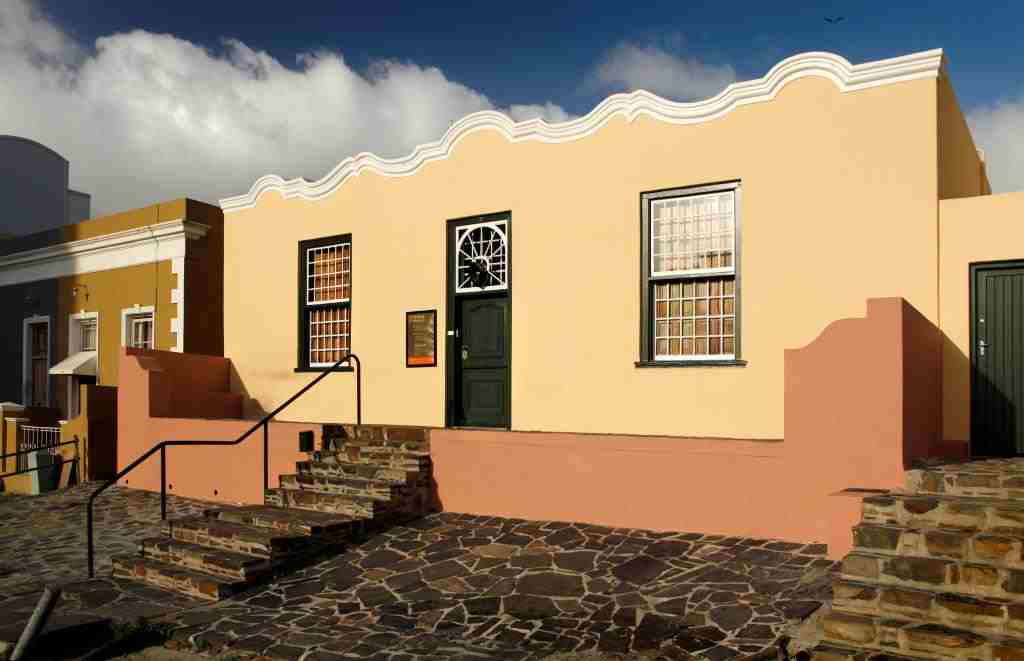
The Bo-Kaap Museum is the last remnant of Waalendorp. It is housed in the oldest still standing building in Wale Street. The museum is the place to find out about resident Islamic community, its history and culture. The building was restored in the 1970s and opened in 1978 as a satellite of the SA Cultural History Museum and was furnished as a house that depicts the lifestyle of a nineteenth-century Muslim family.
The museum falls under the Iziko group of Cape museums and is in the process of transformation into a social history museum.
Cape Town’s Muslim Community
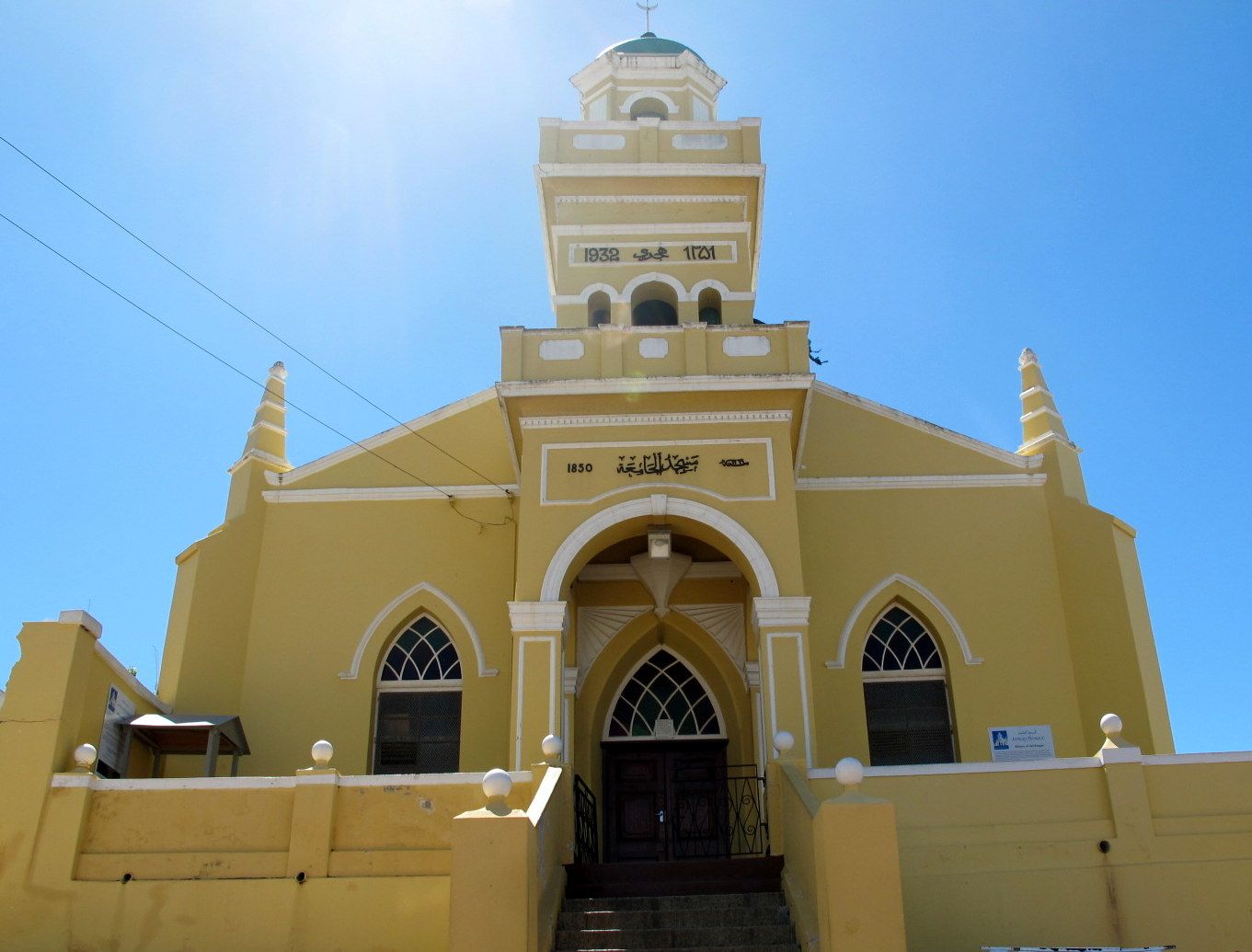
Although the Bo-Kaap has over centuries been home to people of various origins and religions, it has been … Read the rest



